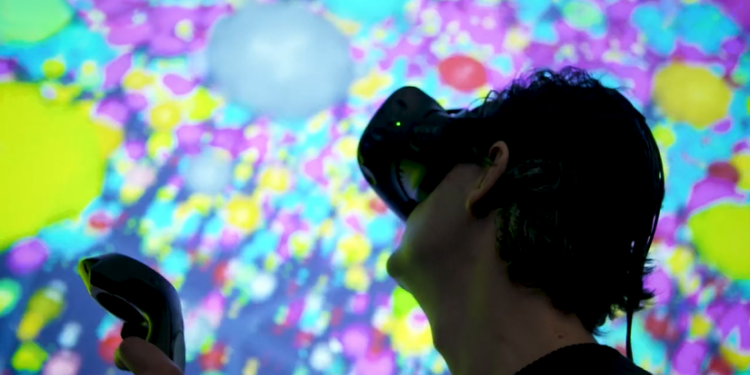Exploring new frontiers in tumor geography
In this article in Science, read about how IMAXT and Rosetta spent the past 7 years trying to marshal technological capabilities similar to satellite imaging to navigate the…

In 2015, Cancer Grand Challenges set the 3D tumour mapping challenge, which challenged the community to find a way of mapping tumours in 3D at the cellular and molecular level. The challenge was predicated on the emerging concept that tumours are complex and organised tissue structures, whose behaviour reflects the interaction between heterogeneous tumour cells, immune cells and the many other components of the tumour microenvironment. By developing methodologies to map these interactions, it was predicted that novel insights regarding tumour behaviour, disease prognosis, treatment response and therapeutic targets would be gained.
The Cancer Grand Challenges IMAXT and Rosetta teams have been at the forefront of the spatial biology revolution, developing cutting-edge 3D tumour maps to provide an unprecedented view of the complexity of a tumour. Their progress against our 3D tumour mapping challenge has poised the research community to be able to develop new treatment strategies in ways that wouldn't have been possible before.
The cutting-edge IMAXT platform integrates multiple different technologies, from bulk profiling and 3D whole organ imaging, to spatial proteomics and spatial transcriptomics, along with advanced data infrastructure and visualisation approaches.
IMAXT took novel, emerging spatial technologies and developed them into robust tools and a comprehensive pipeline for the spatial profiling of tumours, deploying and integrating these technologies at scale and catalysing their impact in cancer biology. These colossal efforts have ultimately enabled the team to begin to address important and fundamental questions that otherwise would not have been possible.
Explore IMAXT's scientific publications
Rosetta has harnessed the power of mass spectrometry imaging (MSI) and, for the first time, applied these techniques in cancer research biology to create Google Earth-like views of a tumour in unprecedented detail.
The Rosetta team has established a powerful multimodal-multiscale correlative MSI pipeline and a suite of computational tools, applying these to uncover complexities about cancer metabolism and tumour heterogeneity. These novel insights into understanding disease pathogenesis have identified potentially new therapeutic interventions. The Rosetta team has highlighted the potential of ‘metabotyping’ for stratified medicine and making therapeutic decisions based on metabolic subtype-specificity of patient tumours. This will continue to make strong impact as MSI technologies are further integrated into the clinic.
Explore Rosetta's scientific publications